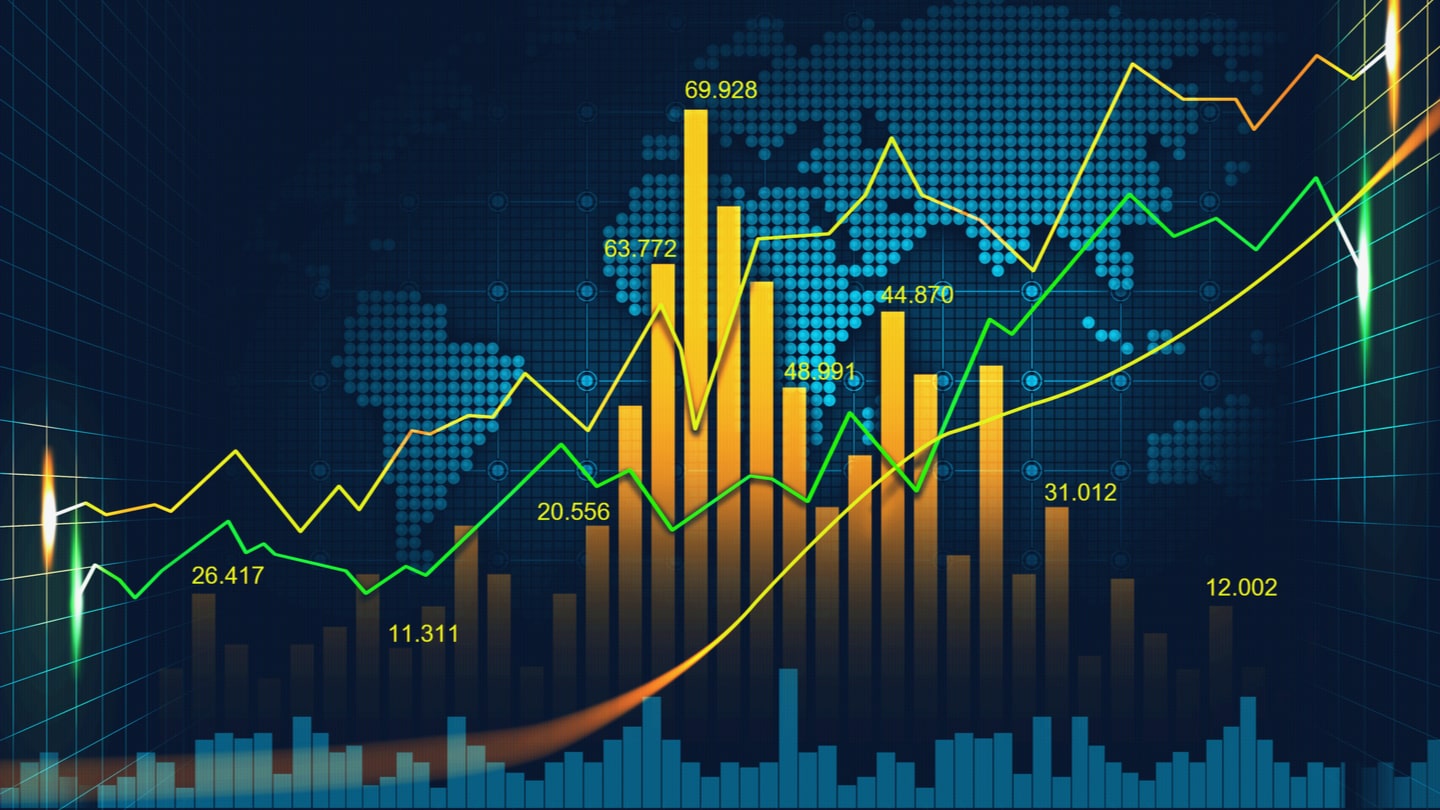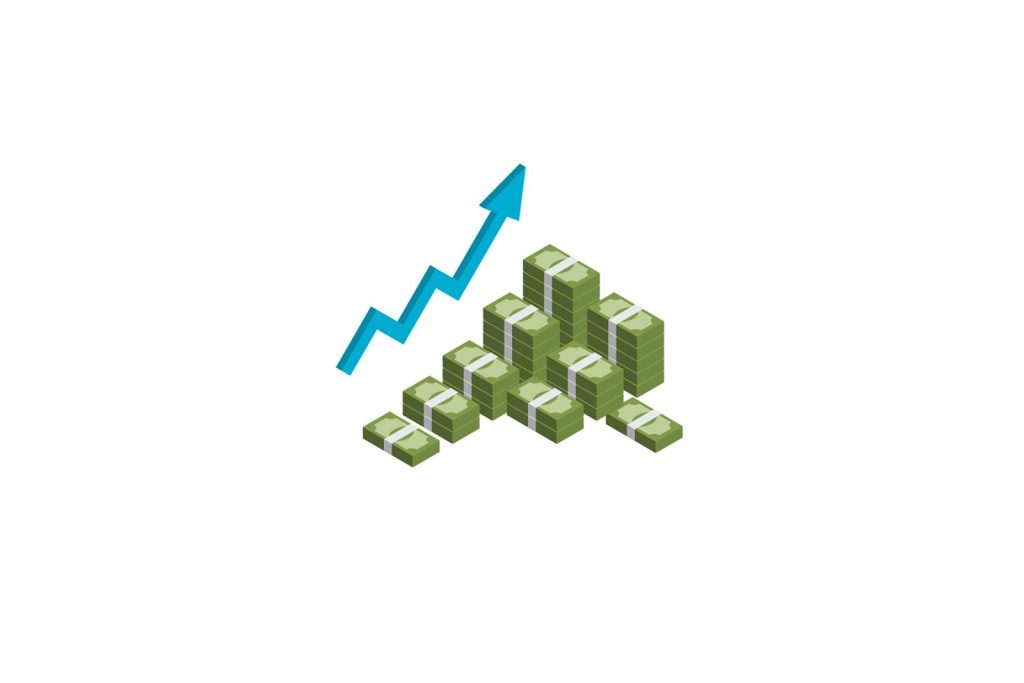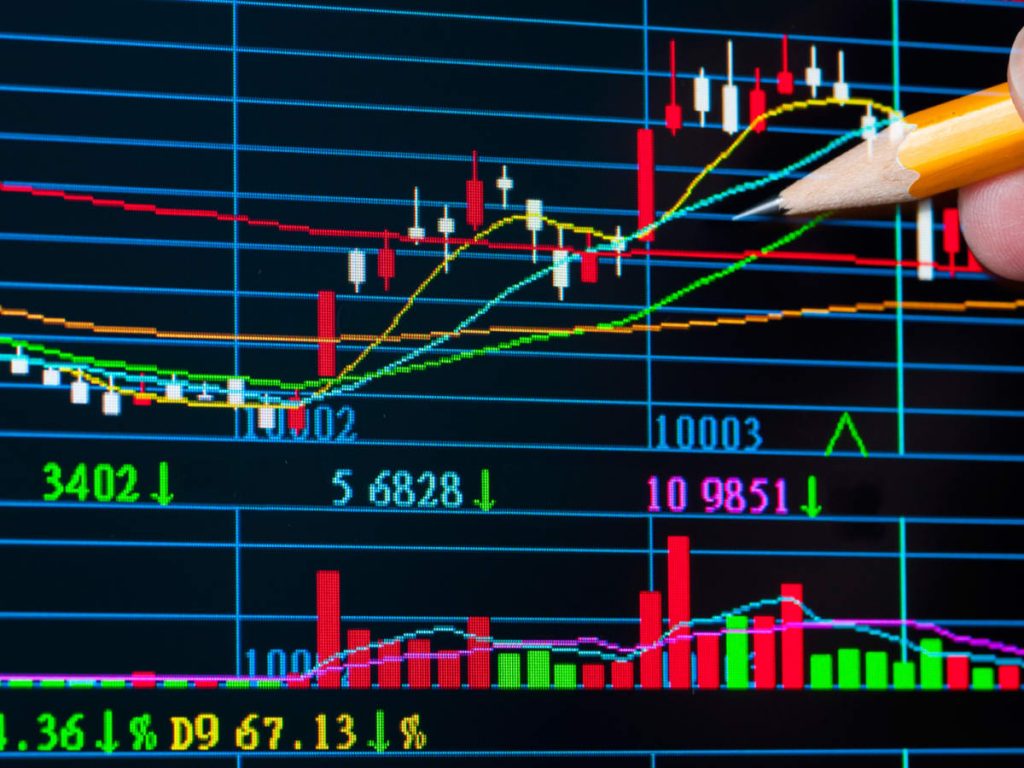
When most people hear the phrase ‘financial markets,’ they instantly think of Wall St. and stock trading. But in the last couple of years, ‘Forex’ has become a buzzword with increasing popularity. What is Forex trading exactly? And more importantly, how does one make a living out of it? This article will answer these questions and offer some tips on how to get started with Forex trading.
Table of Contents
What does ‘Forex’ mean and how does it work?

img source: unsplash.com
Forex is short for “foreign exchange.” It refers to the market where people exchange currencies. For instance, turning 1,000 US dollars into British pounds is one such transaction.
Nevertheless, Forex trading is different from changing currencies for a trip abroad, for example. People trade currencies to make a profit. They do this by buying assets when their value is low and selling them back when they become more expensive. The reverse is also possible – selling an asset first and buying it back later.
It is precisely the latter operation that makes Forex trading so special. One does not need to own an asset physically in order to trade with it. Thus, if you think that dollars will drop in value in the future, you can sell them before that happens even if you do not own any at that moment.
No, it is not magic. Brokers make this possible. They serve as intermediaries between traders and market-makers such as central banks. The brokers lend and borrow currency on behalf of their customers to facilitate trading. They make their own profit from spreads and commissions on these deals, regardless of the outcome.
Forex trading happens online 24/7, so it is a great opportunity for those wishing to work from home at flexible hours.
How do you start trading Forex?
You might think that to start trading Forex, you need to head to an exchange bureau and buy a bunch of currency, then wait for its price to rise and return to sell it to the moneychanger.
In theory, this works well enough. However, in practice, it will take a lot of time and effort to do things this way. It will also require you to invest a lot of money to make any noticeable profit. Not to mention it is just plain inconvenient.
This is where brokers such as SuperForex come in. By registering a trading account with a broker of your choice, you gain instant access to the financial markets. You can start buying or selling a wide range of currencies, even things not available at your local moneychanger’s office.
One of the greatest advantages of using a broker is leverage. This enables you to trade with a much smaller investment. For example, if your account leverage is 1:100, each dollar (or other base currency you are using) counts as if it is 100. Leverage can rise much higher – up to 1:500 in some cases – according to comparison service TrustedBrokers.
Thanks to leverage, most people do not need a lot of money to start Forex trading. Many brokers accept very small deposits. For example, SuperForex requires a minimum deposit of $1, so the company’s clients can replenish their accounts a little bit at a time.
In addition, brokers also offer various bonuses and contest rewards that can grant customers extra funds for trading.
How to be profitable when trading Forex

img source: i2.wp.com
Making money on the financial markets is all about identifying opportunities. One needs to understand how the market works and what affects each asset. That’s why it’s absolutely important to use well-known and tested trading robots that help you to make better decisions and trade automatically once the opportunity presents itself, trading robots such as Forex Flex EA.
For this reason, a background in economics or finance could be helpful. But even if one lacks this knowledge, they can easily catch up. Plenty of educational resources are available online, many of them for free.
Generally speaking, there are two ways to approach the Forex market, i.e. two methods of analysis. One is not better than the other. They work in conjunction and offer different insights into each asset. It is possible to prefer one over the other, but both are extremely helpful.
Fundamental Analysis
More on the economics side of things, fundamental analysis deals with political events and official data from governments, central banks, and such.
Many factors fall under this category. All countries around the world regularly publish reports on the state of their own economies. This includes inflation rates, unemployment data, consumer spending and sentiment, wage growth, and more.
For example, if a country publishes that its inflation rate increased more than economists expected, this could weaken the currency. High inflation is not healthy for the economy and causes the currency to drop in value.
Aside from regular reports, extraordinary events like elections, conflicts, war, and natural disasters are also part of fundamental analysis.
These factors often affect the forces of supply and demand. For instance, the recent cold snap in Texas meant that many US oil refineries had to stay closed. The severe weather caused a decrease in the supply of oil, which in turn resulted in an increase in its price.
Technical Analysis

img siurce: thestreet.com
This approach to understanding the Forex market relies on various technical tools developed to analyse assets. Such methods include chart patterns and technical indicators.
Patterns
Chart patterns appear when one follows the trend of an asset and looks for specific shapes. There are many known types of patterns that give clear signals. Thus, reading a chart is all about knowing what to look for and what it means.
Popular patterns include pennants, triangles, wedges, flags, head and shoulders, double tops/bottoms, and more. When the trader identifies the pattern on the chart, they will know if the price is going up or down and make the correct trading decision. This is why it is worth investing some time in learning about chart patterns.
Indicators
Technical indicators mathematically calculate many things about the trend of an asset. Then, they produce a signal based on this data: either a buy or a sell.
Traders do not need to make the calculations themselves. The most common indicators, such as the relative strength index (RSI) or moving average (MA), usually get listed together with the live chart of any asset. The trick here is to know when to use and trust each indicator.
Final Thoughts
Trading currencies can certainly be fun and exciting, but it is also a source of income. Experienced traders who have mastered fundamental and technical analysis have developed a career out of it. Thanks to low entry requirements and the wide availability of educational materials and brokers, anyone can start trading Forex.
If you want to read more about the best technical indicators for day trading, head over to AsiaForexMentor where they share the complete guide.







